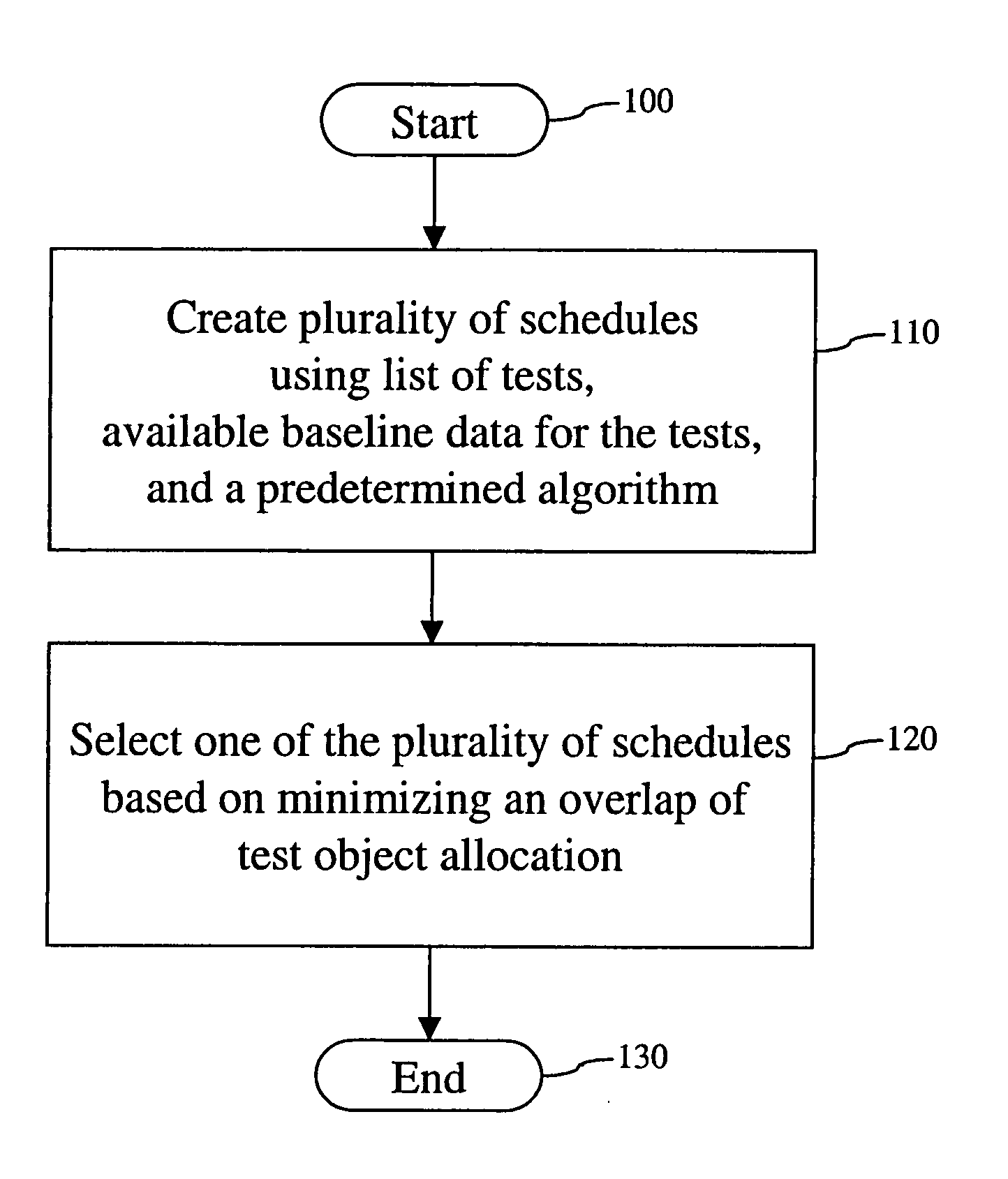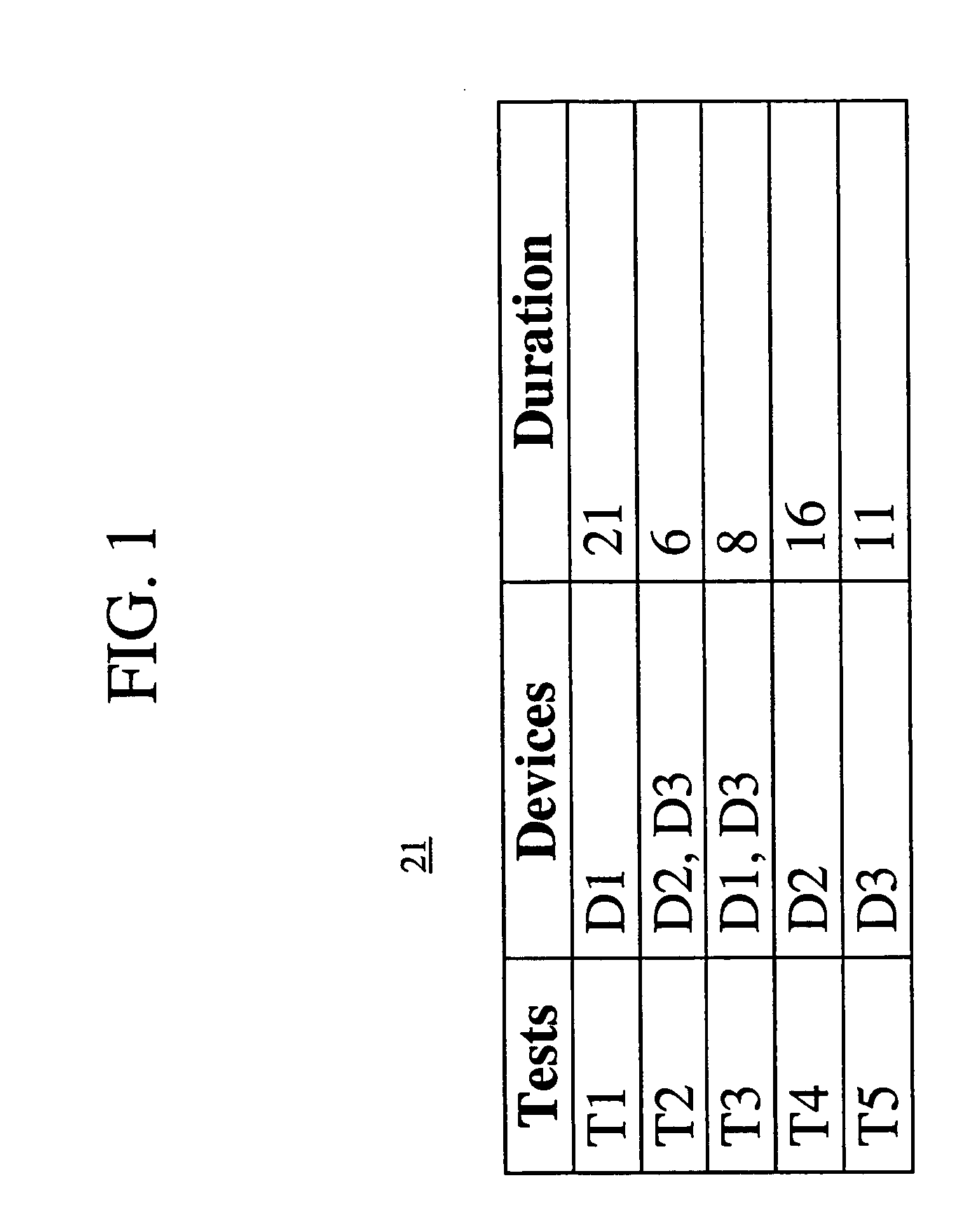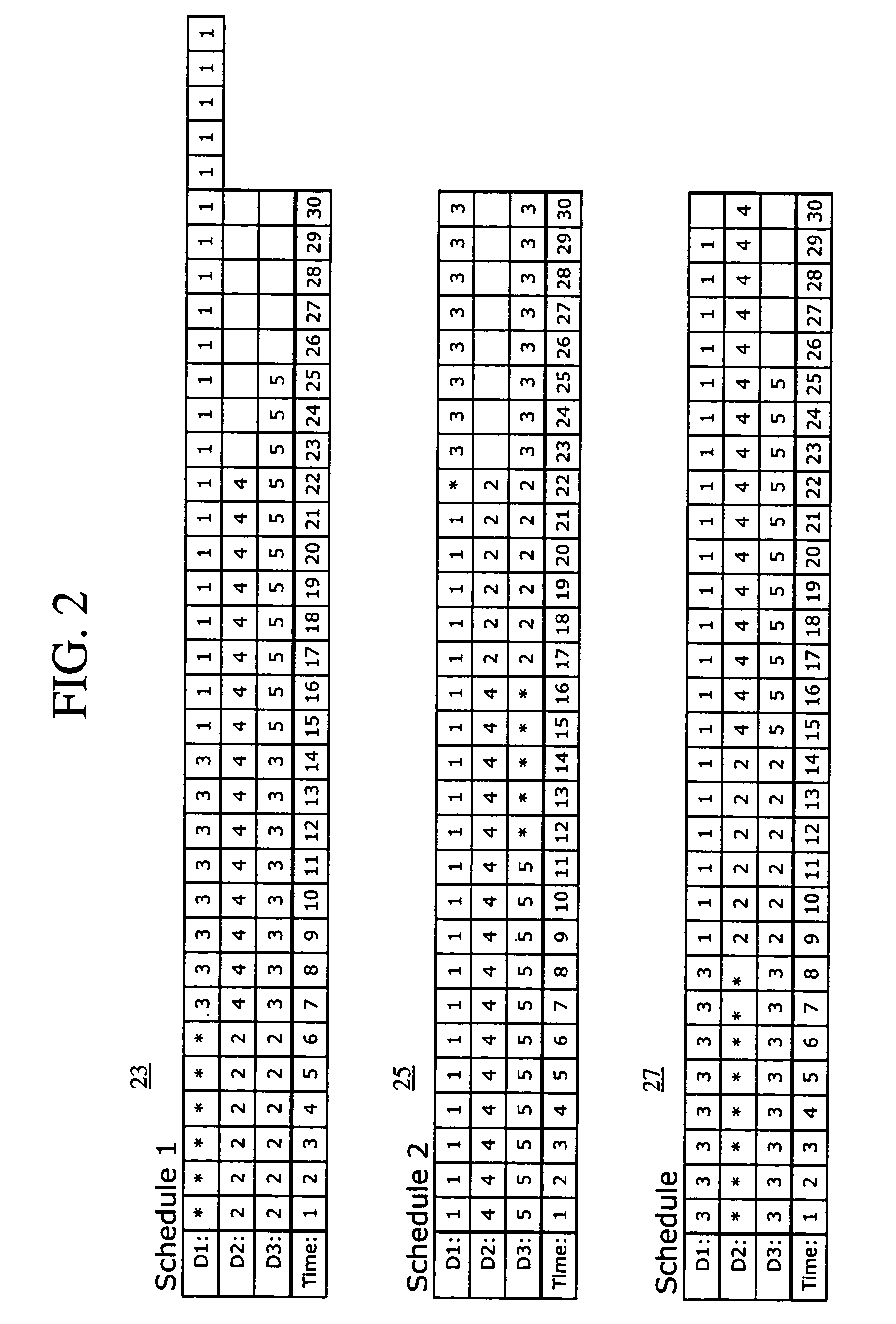Proactive systemic scheduler for resource limited test systems
a scheduling system and resource-limited technology, applied in the direction of multi-programming arrangements, program control, instruments, etc., can solve the problems of limited physical resources of the scheduled software testing system, inability to simultaneously test, and inability to use specialized machines for another job
- Summary
- Abstract
- Description
- Claims
- Application Information
AI Technical Summary
Benefits of technology
Problems solved by technology
Method used
Image
Examples
Embodiment Construction
[0029] Reference will now be made in detail to embodiments of the present invention, examples of which are illustrated in the accompanying drawings, wherein like reference numerals refer to the like elements throughout. The embodiments described below explain the present invention by referring to the figures.
[0030] Embodiments of this invention describe how the general class of mathematical methods called ‘Genetic’ or ‘Evolutionary’ algorithms can be used to create a noticeably improved schedule for resource limited wireless tests within a reasonable time.
[0031]FIG. 1 is a table 21 illustrating a resource limited test system according to an embodiment of the present invention. The present invention, however, is not limited to any particular type of resource limited test system. The resource limited test system shown in FIG. 1 is for illustrative purposes, and many variations are possible. FIG. 1 shows a table of five tests (software programs) T1-T5, that use three resources (devic...
PUM
 Login to View More
Login to View More Abstract
Description
Claims
Application Information
 Login to View More
Login to View More - R&D
- Intellectual Property
- Life Sciences
- Materials
- Tech Scout
- Unparalleled Data Quality
- Higher Quality Content
- 60% Fewer Hallucinations
Browse by: Latest US Patents, China's latest patents, Technical Efficacy Thesaurus, Application Domain, Technology Topic, Popular Technical Reports.
© 2025 PatSnap. All rights reserved.Legal|Privacy policy|Modern Slavery Act Transparency Statement|Sitemap|About US| Contact US: help@patsnap.com



